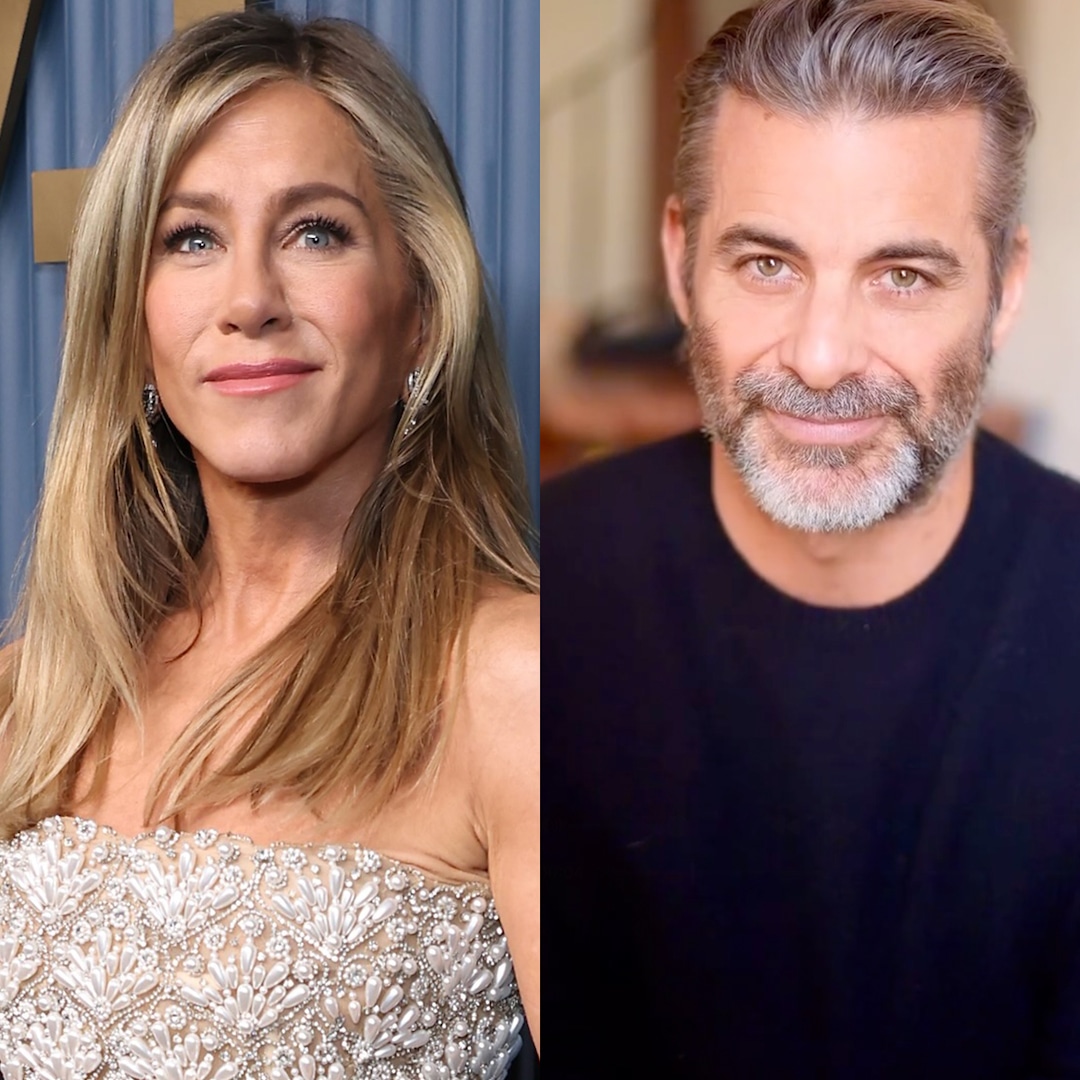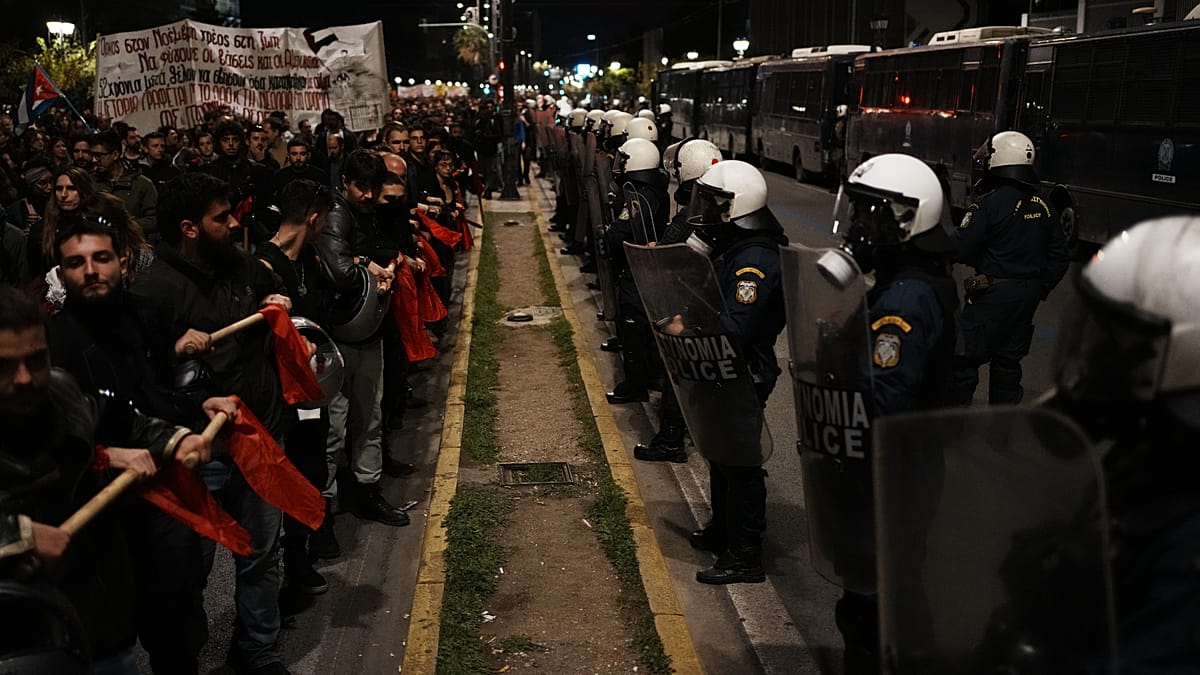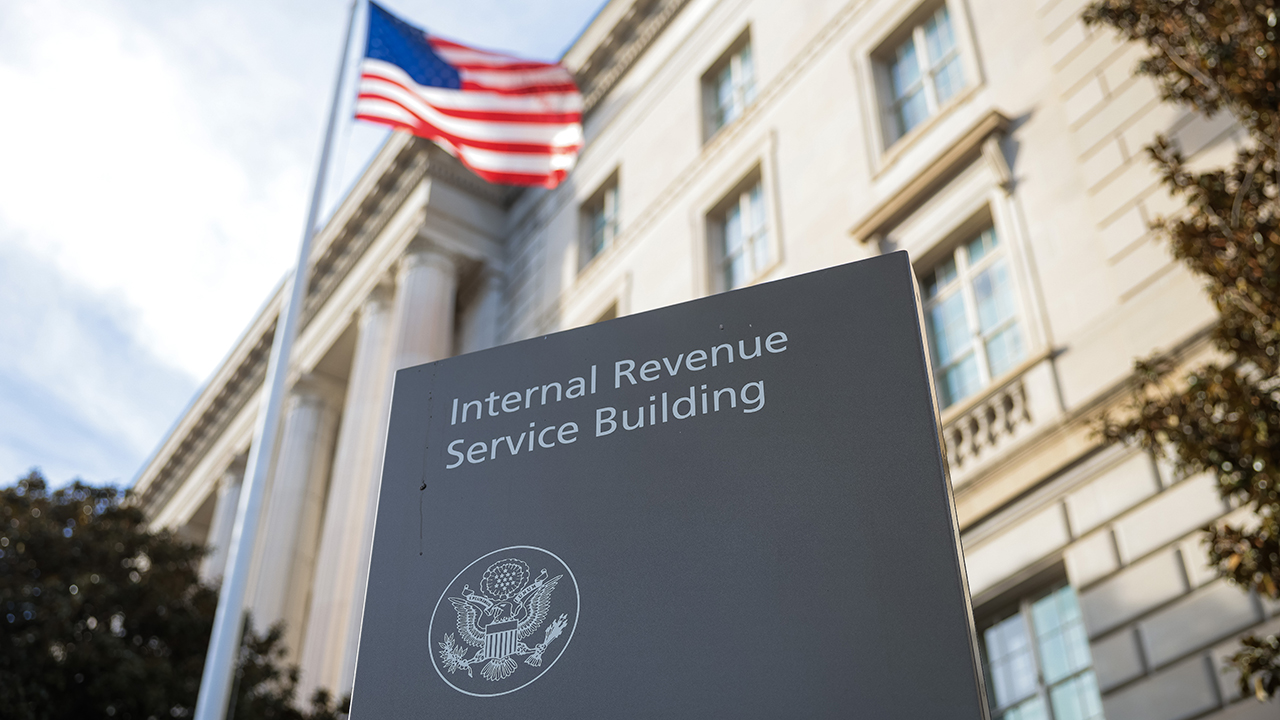“Shaping the Future: Hannah Pathak on Climate Action and Collaborative Business Leadership”


 Hannah Pathak is an experienced climate strategist and one of the UK’s most respected climate change speakers. With a career spanning disaster response, humanitarian policy, and climate foresight, she has worked on the frontline of resilience planning across both the public and private sectors.
Hannah Pathak is an experienced climate strategist and one of the UK’s most respected climate change speakers. With a career spanning disaster response, humanitarian policy, and climate foresight, she has worked on the frontline of resilience planning across both the public and private sectors.
As Europe Director at Forum for the Future, Hannah focuses on building long-term, collaborative approaches to global challenges — from climate risk and inequality to regenerative business models.
In this exclusive Q&A, Hannah shares her insights on multilateral climate action, the role of socio-economic resilience in sustainability planning, and how businesses can future-proof themselves against disruption in an increasingly volatile world.
Q: You’ve emphasised the need for collaboration between ‘uncommon stakeholders’. In practical terms, why is cross-sector alignment so essential to achieving meaningful climate action?
Hannah Pathak: “Yeah, so I think a lot of global problems are too big to be challenged by a single organisation. So that’s why collaboration is really key. And of course, there are lots of different actors, whether that’s governments, or private sector, or academia, or NGOs, or the military, or civil society organisations.
“And we all are experiencing a lot of these global problems and trying to act on them. But it’s really only by coming together that we’re actually likely to be able to achieve the kind of transformational change that’s needed.
“So, something that’s as big and as complex and as multifaceted as climate change — that will need to have this very cohesive global approach to tackling it, but will have very localised impacts in a lot of cases. It really can only be done through this kind of cohesion and really multilateral collaboration.”
Q: Beyond carbon emissions, what are the key socio-biological and economic variables that must be addressed to build true climate resilience?
Hannah Pathak: “Such an interesting one, because of course there’s a lot around mitigation that we need to be doing. So, we need to be thinking about our carbon emissions, but also other greenhouse gases as well. So, there’s the physical elements of it — that’s how do we reduce our reliance on carbon and fossil fuel-heavy industries, whether that’s energy or in the housing sector and so on.
“But also, one of the key things that I think comes out over the last few years that’s particularly interesting is one of the ways of building up resilience to climate is through socio-economic approaches. So, if you build up people’s literacy, ability to access livelihoods and so on, if you increase gender parity, then challenging those vulnerabilities itself is a climate response — it’s a climate adaptation response.
“So, for example, if a company is wanting to take action on climate change, they absolutely need to be thinking about their carbon footprint, they need to be thinking about their supply chains, but they also need to be thinking about it from the perspective of those kind of human factors. So, thinking about what is the resilience that they can be building across their supply chains, in their workforces, and so on.
“So, it kind of requires this multi-level thinking — that we need to be thinking about physical impacts but also all these socio-economic factors as well. And I think if you’re thinking about it from a government perspective, there’s policy incentives.
“And again, that needs to be about the sort of physical impacts — preparing for climate change impacts, thinking about climate adaptation — but again, also thinking about what the inequalities or vulnerabilities in our society are and what are the policy responses that we need to be generating in order to build up the resilience across those areas as well.”
Q: Based on your experience leading disaster response during Hurricane Irma, how is climate change reshaping the frequency, severity, and classification of extreme weather events?
Hannah Pathak: “Yes, so it’s really an interesting debate. We call them natural disasters, but I think increasingly it’s been called into question whether they are natural disasters or not, because what climate change does is it increases the likelihood of more severe, more frequent, and more unpredictable weather events.
“And increasingly, what we’re seeing is that the weather patterns are shifting. Places are newly becoming vulnerable to kind of extreme weather impacts. So we really need to be thinking about how those physical elements link to the underlying vulnerabilities in those places — so whether it’s low-lying, whether it’s unplanned settlements that might be particularly vulnerable to flooding or to high winds, for example.
“Kind of thinking about these factors in connection with each other — because it’s really only by doing that that you can start to build up resilience. And so, having worked in disaster response, most of your time is actually spent in resilience, in preparedness, and in training activities.
“And really only a tiny amount of your time is spent on actual disaster response. So we need to be thinking much more about the preparedness and resilience elements. And of course, disaster response is kind of the acute aspects, and that’s the really acute impacts of climate change.
“So, we need to be thinking about it there, but we need to be thinking about it at the strategic level — so that’s at the policy level, all the way through to how the private sector responds to building resilience, to managing its footprint as well.”
Q: From your perspective, what is the single most critical shift businesses must undertake to transition from sustainability pledges to systemic, measurable change?
Hannah Pathak: “Single biggest change is a tough question. But I think one of the key things is firstly to understand — so understand what your responsibilities across your different markets are.
“What is the regulation now? What is the pathway that regulation is likely to take? Understand your own footprint — so your own carbon emissions, water usage, and so on — to get that clear set and strong targets around that.
“So, lots of guidance around science-based targets — so taking a good, hard look at what that means for your own operating context.
“But it’s also thinking outside of your company as well. As we talked about right at the beginning, climate change is too big a challenge to be able to solve it just within one organisation.
“There’s also thinking about what is the network around you that’s also dealing with these same challenges — and how do you collaborate? How do you break down those silos and start to collaborate across with other competitor organisations, but also others — whether that’s policymakers, civil society, consumer groups, and so on.
“So really trying to see that you are part of an ecosystem, and we’re all having to make changes — and to do that in tandem and in collaboration is much more likely to generate positive outcomes.”
This exclusive interview with Hannah Pathak was conducted by Jack Hayes.
The post “Shaping the Future: Hannah Pathak on Climate Action and Collaborative Business Leadership” appeared first on European Business & Finance Magazine.

















































